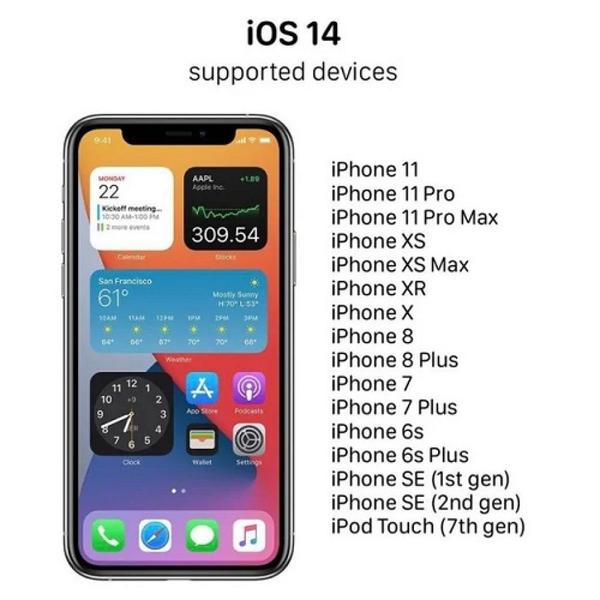iOS 14 compatible devices: All the iPhones that support Apple's new OS
Apple's September event included, among a slew of new product releases (see everything announced here), the announcement of iOS 14's release date. As of last month, owners of compatible iPhones are able to install Apple's newest operating system, which was originally announced in June at the Worldwide Developers Conference. Among the new features coming to iOS 14, Apple previewed a new app organizer and home screen widgets for the first time on the iPhone, as well as a more compact Siri interface. The new iOS 14 update will also let you play a video thumbnail (Picture in Picture) while doing other things and add face coverings to your Memoji.

As with any new iOS update, you may be wondering whether you'll still be able to use your old iPhone or if it's time to upgrade to a newer version. When Apple revealed iOS 13 last year, it announced the update would work with the iPhone 6S, iPhone SE (2016) and newer models. This year is the same -- Apple isn't excluding the iPhone 6S or its older version of the iPhone SE.
Here's the official list of devices that will work with iOS 14 and iPadOS 14. If you're buying a new phone this fall, it'll come with the new iOS installed.
Want to know more about what happened at WWDC? Here's everything Apple announced at WWDC 2020. Also, Apple's Macs will have new Arm chips and developers can now order an Arm-powered Mac Mini.








